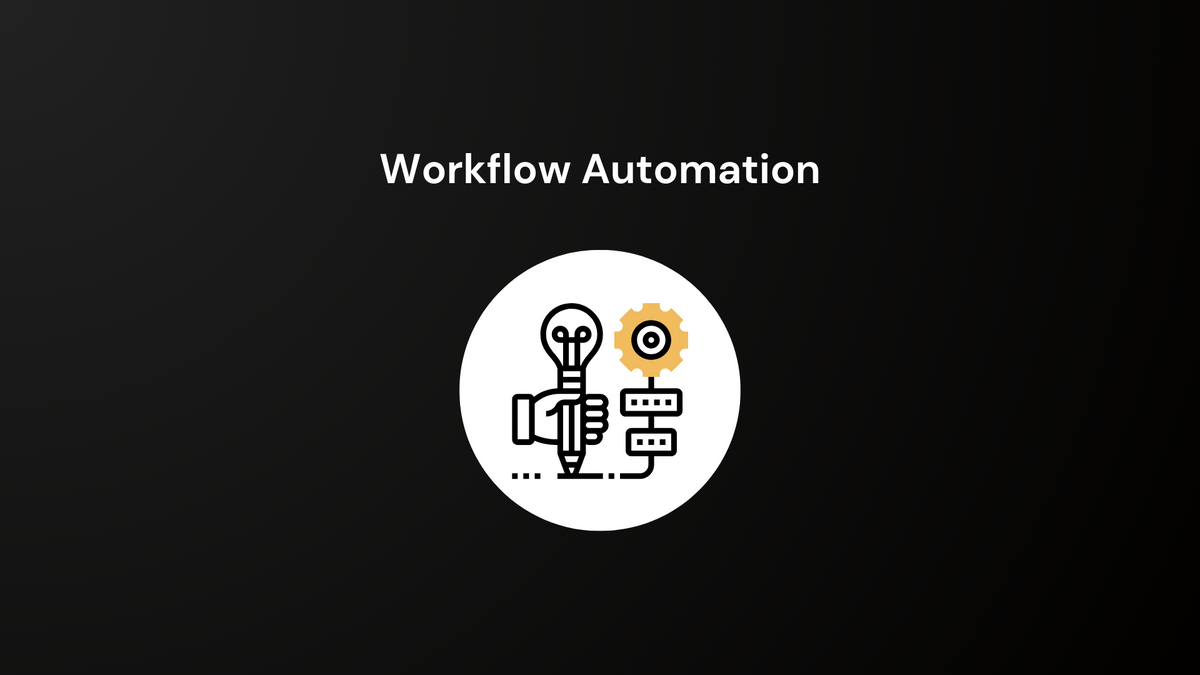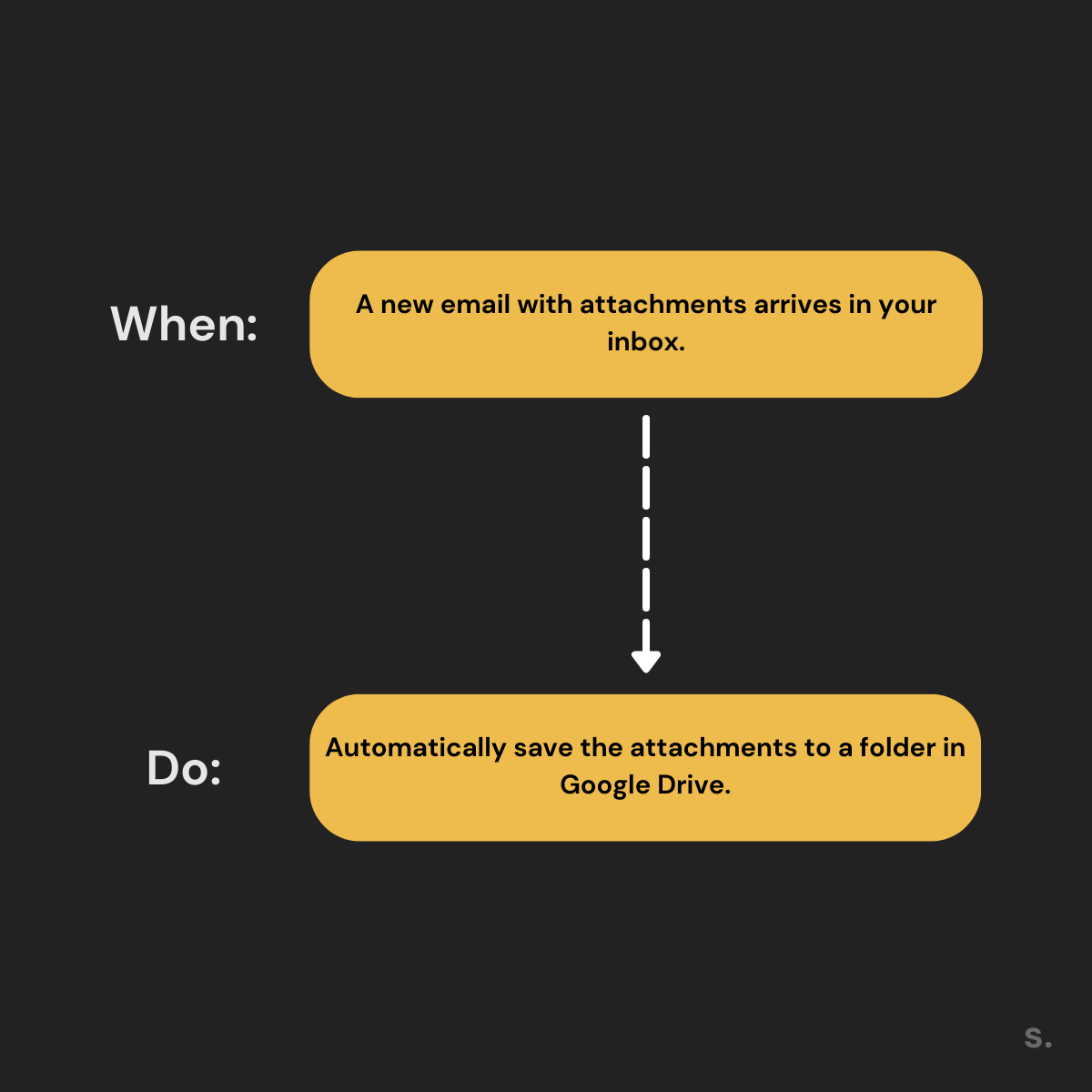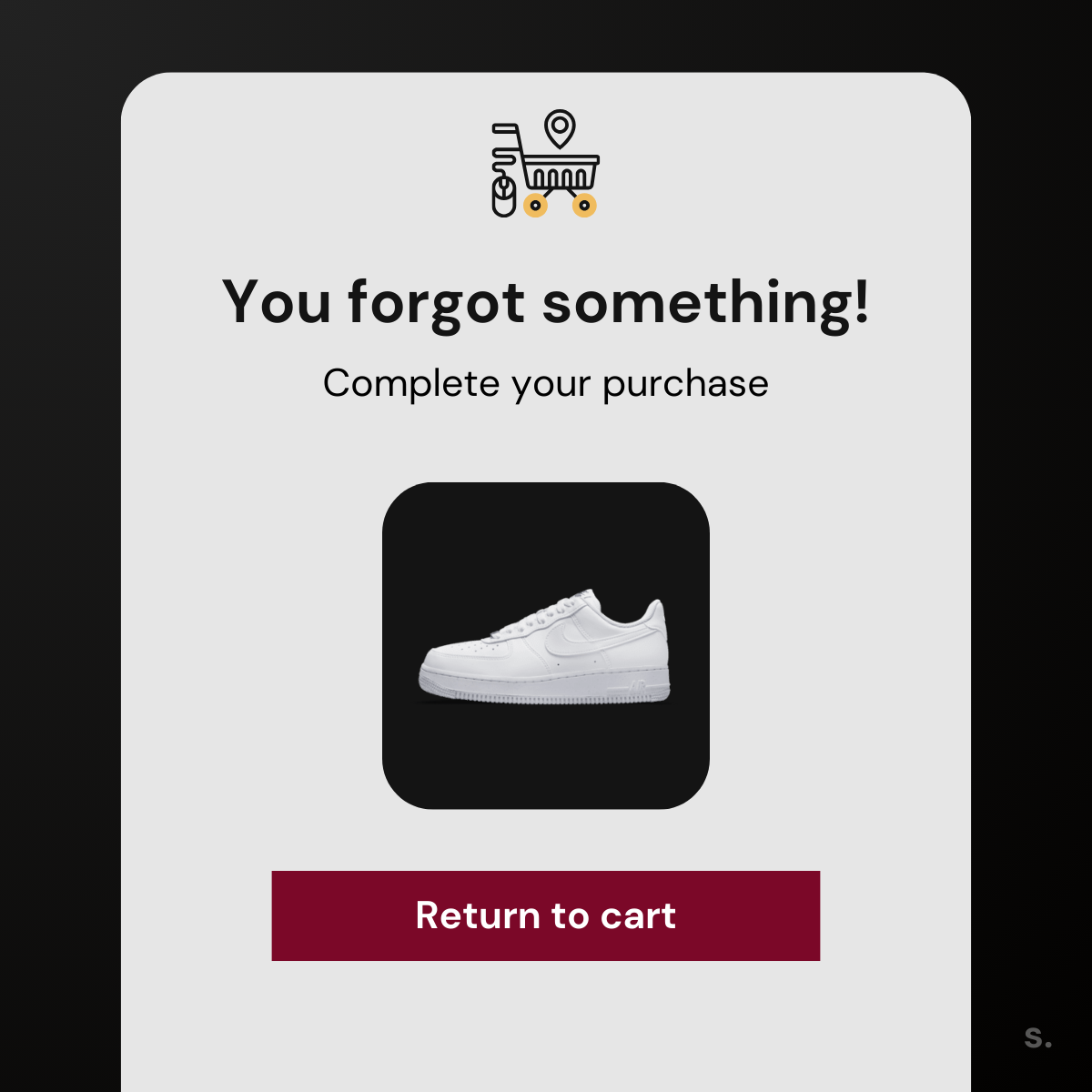What is Workflow Automation? & How To Get Started

Remember the time when your desk was a sea of sticky notes?
Or when manual tasks swallowed up hours that could've been spent on personal or professional growth.
Or Maybe planning your next vacation.
Or feeding your dog. (How cruel of you?)
Now imagine if you could automate those pesky tasks.
Workflow automation aims to solve YOUR time problems.
Businesses and their employees can benefit from automating tasks.
No more getting bogged down in repetitive processes.
No more losing sight of important projects due to jumbled communications.
Workflow automation is like having a top-notch personal assistant who never takes breaks and doesn't make errors.
I'm sure you can think of one task in your daily work that takes up hours.
When it honestly shouldn't.
Let's set the ball rolling...
Understanding Workflow Automation
Zapier, a leading player in this field, found out that 94% of workers perform time-consuming repetitive tasks.
This not only drains productivity but also takes the joy out of work.
Think of workflow automation as an assembly line for digital work.
Automation workflows are triggered by specific events or conditions.
At the center of all automation lies a fundamental principle:
"When" and "Do".
It's as simple as "When this happens, do that."

Automating digital tasks and business processes is easier than ever.
From email notifications to report generation.
Routine jobs can be handled automatically.
What is Workflow Automation?
The heart of workflow automation lies in creating efficient systems.
Where each task triggers the next one without any human intervention.
An automation example for your HR Department would be this:
When: A new employee gets registered
Do: The automation system automatically sends out login information or documents the new hire has to sign.

Benefits of Implementing Workflow Automation
Automation software handles manual processes in any department of a business.
Customer service, marketing, sales, operations...
Whatever you're yearning for...
Automated workflows bring the following benefits:
- Reduced workload stress
- Better data Accuracy
- More time savings
- More flexibility
- Consistency
- Scalability
Now that we got the benefits out of the way.
What makes a good automation software?
What should you consider before giving your hard-earned money to these corporations?
Key Features of Workflow Automation Software
A good automation solution will include user-friendly interfaces.
They allow users to design custom workflows easily.
The best ones also offer robust integration with external apps to further enhance their functionality.

They also need to have:
- Powerful Error handling
- Customization and flexibility
- Security and Compliance (for the protection of your data)
- Regular updates and improvements
- Performance monitoring
- Learning Resources and Documentation
Exploring Workflow Automation Software
If you're looking to optimize your business processes, a solid automation software is invaluable.
There are a lot of tools in the market.
They have different use cases and some are better than others at what they do.
Certain options are more suitable for small businesses.
Others cater more effectively to bigger fish.
That's why I made a small list.
Just for you.
Workflow Automation Tools:

Zapier: Best for Small to Medium-Sized Businesses, automates tasks between apps.
IFTTT: Best for Personal Use, automates tasks between apps and smart devices.
n8n: Best for people who have some coding knowledge, automates apps, databases, and can be customized to your needs. (Good for SMEs)
Nintex: Best for big enterprises, end-to-end automation between departments. Comes in at a hefty price.
As I said, there are many software solutions.
There are many automation examples and ideas.
But those will be topics for future articles.
Types of Workflow Automation
Marketing Workflow Automation
You've likely encountered marketing automation.
While online shopping during work hours. (I'm guilty of this too...)
Or while anxiously waiting for your new limited-edition sneakers to be delivered.
Marketing automation is all around us.
Your favorite online clothing store probably set up a scheduled e-mail to keep you on the hook.
Seem familiar?




Marketers love email marketing.
The return on investment speaks for itself.
Now there are many communication channels marketing departments use.
SMS, Social Media, Online Ads, and so on.
All of these channels can be automated.
Marketing automation software can be fine-tuned to target customers based on their personal preferences.
Let's take the sneakers for example:

You create an account on your favorite sneaker dealer's website.
You browse for sneakers that fit your taste and put them in your shopping cart.
After a good night's sleep, you forget to buy them and leave the shopping cart abandoned.
The software identifies a segment of customers (you) who left their carts and sends out targeted e-mails.

The content of these e-mails is personalized to your preferences.
Ecom stores entice "lukewarm customers" to buy ASAP with sneaker alternatives, limited-time offers, or discount codes.
Marketing automation drives profits when done right.
Workflow automation is an umbrella term for streamlining processes within an organization.
Now that you've got a taste of workflow automation.
It's time to explore automation examples for other departments.
Here's a quick rundown of things that can be automated:
Sales Automation
- Lead management
- Email marketing campaigns
- Personalized Customer journeys (E-mails)
Human Resources Automation
- Employee onboarding and offboarding
- Automated e-mails to new hire
Customer Service Automation
- Automated Ticket routing
- Churn prevention notifications
- AI-assisted sentiment analysis
Data Management Automation
- Centralize data from different platforms
- Automated File creation
Project management automation
- Task creation
- Follow-up notifications
- Automated project digest notifications
You get the gist of it...
Automated tasks and processes help businesses save time.
Plus...
Most importantly.
They make money.
FAQs in Relation to Workflow Automation
What is a workflow automation example?
An automated workflow can convert incoming support emails into tickets in a helpdesk system (Zendesk) and notify the support team in a messaging app (Slack), enhancing response efficiency.
How do you create workflow automation?
Pick the process to automate. Map out each step. Use software like Zapier or Nintex to set up your rules and triggers that'll run automatically.
What is the difference between workflow automation and process automation?
While both improve efficiency, workflow focuses on task sequences within one business function while process automates larger cross-departmental operations.
Conclusion
Workflow automation is not a mere trend, but an essential step in optimizing business processes.
It's about freeing up time, enhancing productivity, and reducing errors.
By exploring various software tools, you can automate repetitive tasks across sales and marketing, customer service to project management.
Remember that the key to success here is picking the right tool for your needs - one that fits seamlessly into your existing operations.
Your takeaway?
Workflow Automation isn't just a smart move; it's necessary for businesses aiming for efficiency in this digital age.
So go ahead.
Dive into automating workflows!
Your future self will thank you.
